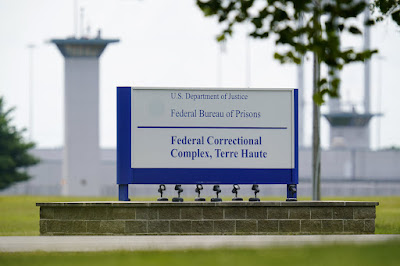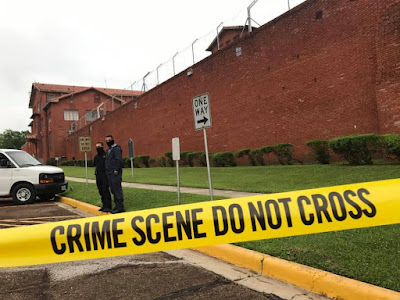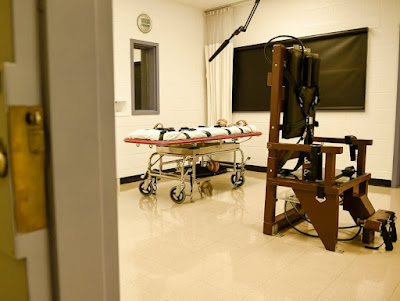"Midazolam will produce relaxation and that relaxation may be sufficiently severe to produce sleep, but in studies we've conducted, it does not eliminate sensation to pain." - S. Stevens Negus, professor of pharmacology at Virginia Commonwealth University
Attorneys for
Ricky Gray, a prisoner executed Wednesday night in Virginia, are questioning why the procedure took more than a half-hour and was not fully visible to observers.
When he was executed at Greensville Correctional Center, Gray was hidden from the view of witnesses for 33 minutes. According to the Virginia Department of Corrections, the delay was caused by difficulty putting an IV line in one of Gray’s veins.
But Gray’s attorneys are challenging that explanation. Gray had told them that VDOC staff had examined his veins multiple times in the days leading up to the execution.
“He was a healthy, 39-year-old man, and did not have any medical condition or history (such as intravenous drug use) that would indicate potential problems,” attorneys Rob Lee, Jonathan Sheldon and Elizabeth Peiffer said in a statement.
The three attorneys said that Gray was observed turning his head from side to side a minute or more after being given a sedative and was pinched to test his consciousness. They said they also observed “labored breathing, gasping, snoring, and other audible and visible activity.”
Prison officials explained the movements as evidence of respiratory depression. But the attorneys say he may have been reacting to the second drug in the state’s three-drug protocol, a paralytic. If he was conscious when that drug was administered, “he would have suffered excruciating pain,” they said.
The lawyers also questioned why a doctor with a stethoscope checked Gray’s heart before the prisoner was pronounced dead, when prison officials have in the past relied on a heart monitor.
“The redundancy check by the physician is not something we have seen before in the numerous lethal injections we have observed,” they wrote.
The drug used to sedate Gray, midazolam, has been implicated in several prolonged and apparently painful executions. Arizona has agreed to stop using the drug. Despite testimony from pharmacologists that midazolam is not a proper anesthetic for executions, the Supreme Court
narrowly upheld its constitutionality last year.
Gray was the first prisoner to be executed in Virginia using
midazolam.
A spokesman for the VDOC did not immediately return a request for comment.
Source:
The Washington Post, Rachel Weiner, January 19, 2017
⚑ | Report an error, an omission, a typo; suggest a story or a new angle to an existing story; submit a piece, a comment; recommend a resource; contact the webmaster, contact us:
deathpenaltynews@gmail.com.
Opposed to Capital Punishment? Help us keep this blog up and running! DONATE!





.jpg)






